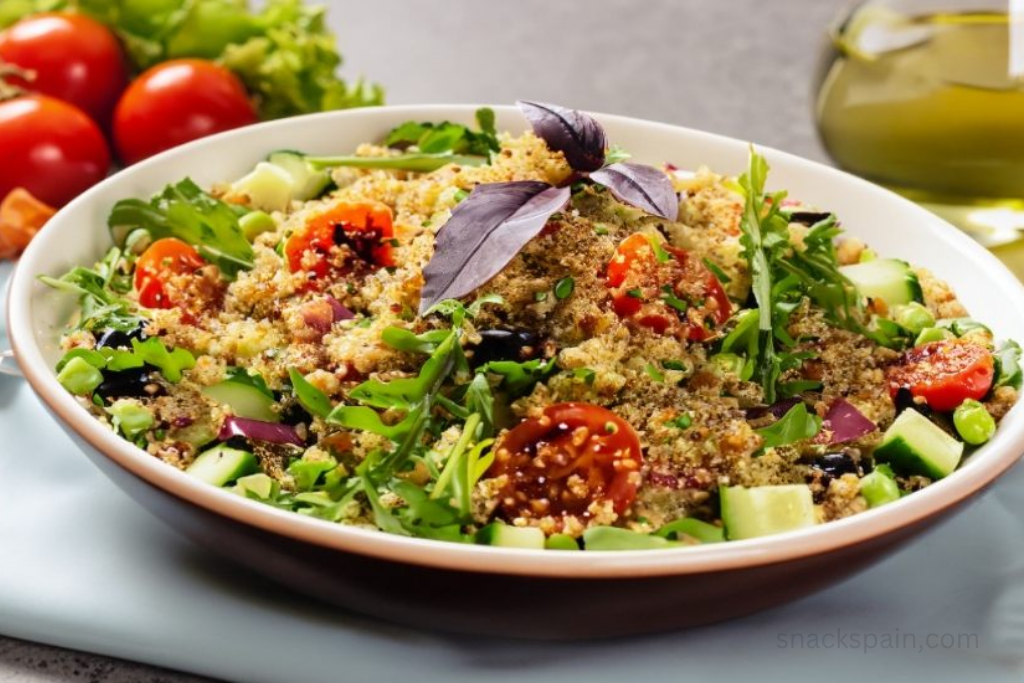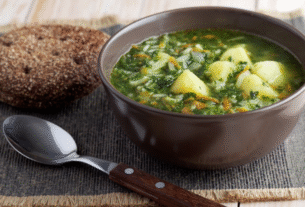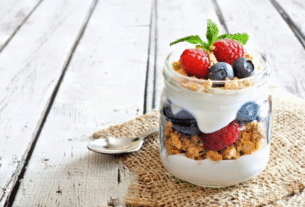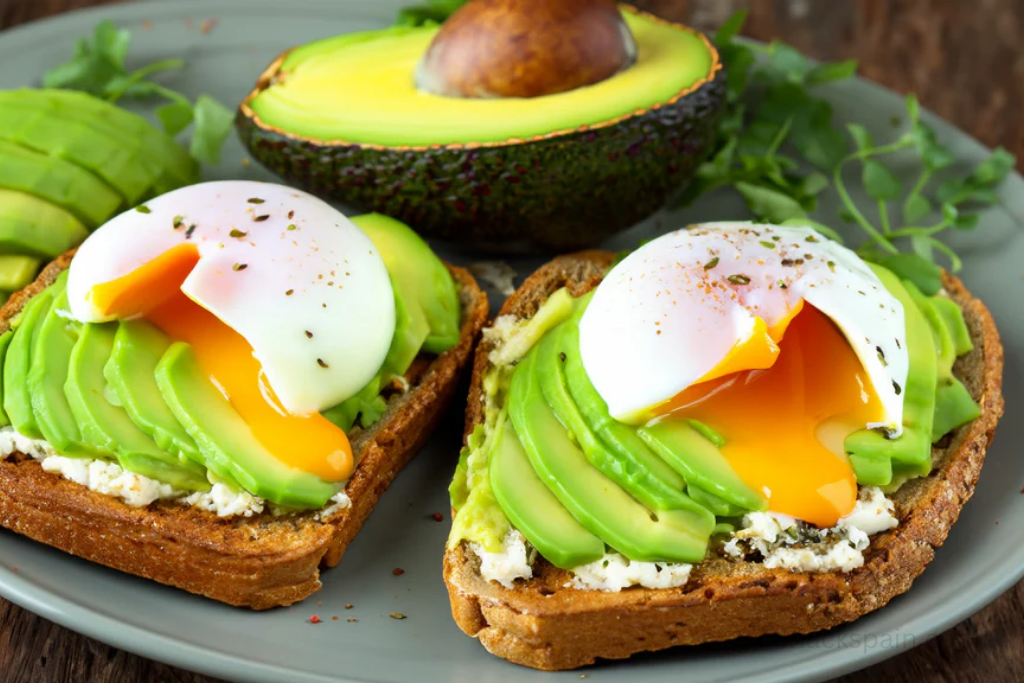Exploring the Heart of Mediterranean Quinoa Salads
Mediterranean quinoa salads offer a delightful fusion of wholesome ingredients and vibrant flavors, embodying the essence of a healthy and satisfying meal. These salads typically feature cooked quinoa as a protein-rich base, complemented by a colorful array of fresh vegetables such as cherry tomatoes, crisp cucumbers, bell peppers, and red onions. The addition of briny Kalamata olives, crumbled feta cheese, and fragrant fresh herbs like parsley and mint elevates the taste profile, creating a symphony of textures and aromas. The beauty of these salads lies in their versatility, allowing for endless customization based on seasonal availability and personal preference. Beyond their exquisite taste, Mediterranean quinoa salads are nutritional powerhouses, packed with fiber, essential vitamins, and healthy fats, making them an excellent choice for a light lunch, a side dish, or even a complete dinner. Their ease of preparation also makes them a perfect option for meal prepping, ensuring healthy and delicious meals throughout the week. The core philosophy of Mediterranean cuisine, which emphasizes fresh, whole foods, shines brightly in every spoonful of these invigorating salads. This approach to eating is not merely about sustenance but about a holistic lifestyle that promotes longevity and well-being, a stark contrast to diets heavily reliant on processed foods. The simplicity of preparation often belies the complexity of flavors achieved through the harmonious combination of sun-kissed produce and aromatic herbs, reflecting centuries of culinary wisdom. The vibrant colors of these salads are not just aesthetically pleasing; they are indicative of a diverse range of antioxidants and phytochemicals, each contributing to disease prevention and cellular health. Whether you’re a seasoned chef or a kitchen novice, mastering the art of the Mediterranean quinoa salad opens up a world of culinary possibilities that are both deeply satisfying and incredibly beneficial for your health. The enduring popularity of this dish speaks volumes about its universal appeal and its ability to transcend culinary boundaries, bringing the sunny disposition of the Mediterranean right to your plate.
As Hippocrates wisely stated, “Let food be thy medicine and medicine be thy food.”
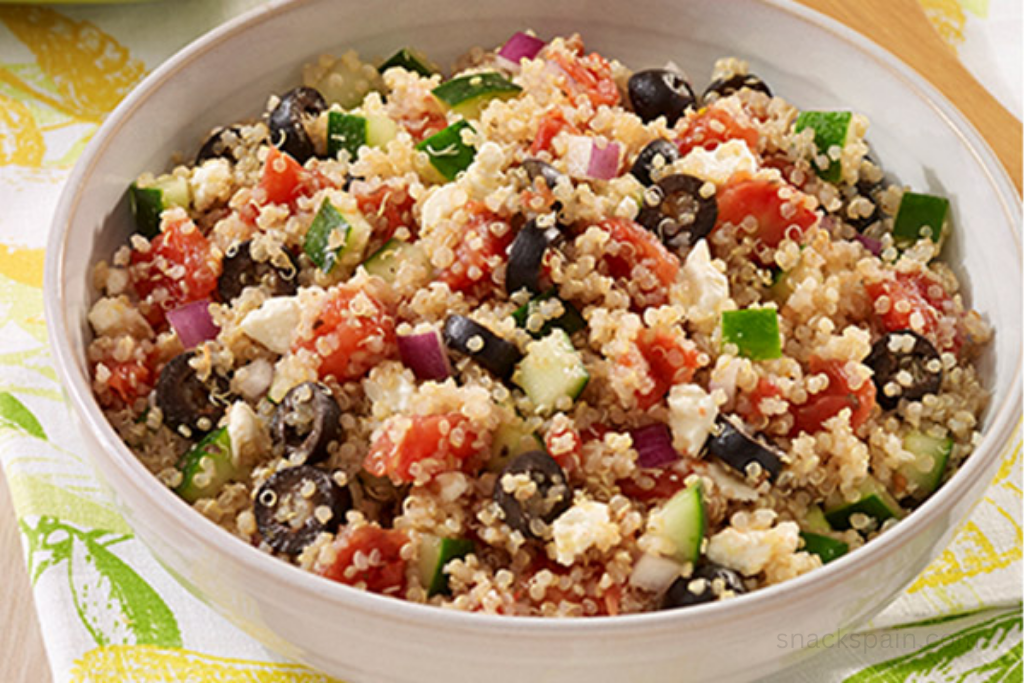
The Nutritional Advantages of Quinoa in Your Diet
Quinoa, often celebrated as a “superfood,” plays a pivotal role in Mediterranean-inspired salads due to its exceptional nutritional profile. Unlike many grains, quinoa is a complete protein, meaning it contains all nine essential amino1 acids necessary for human health. This makes it2 an invaluable ingredient for vegetarians and vegans, ensuring adequate protein intake. Furthermore, quinoa is an excellent source of dietary fiber, which aids in digestion, promotes satiety, and helps regulate blood sugar levels. Its3 high mineral content, including magnesium, iron, and zinc, contributes to overall well-being and various bodily functions. The low glycemic index of quinoa also makes it a suitable choice for individuals managing blood sugar. Incorporating quinoa into your diet through vibrant salads can significantly boost your nutrient intake without compromising on taste or satisfaction. Its mild, slightly nutty flavor and fluffy texture make it a versatile base that readily absorbs the dressings and flavors of accompanying ingredients, enhancing the overall sensory experience of your meal. The sustained energy release from quinoa, attributed to its complex carbohydrates and fiber content, helps prevent energy crashes often associated with simpler carbohydrate sources, making it ideal for maintaining focus and productivity throughout the day. Beyond its macro-nutrient benefits, quinoa is also rich in antioxidants, which combat oxidative stress and contribute to cellular protection, further cementing its status as a wellness powerhouse. The ease with which quinoa can be cooked – typically just simmering in water for about 15 minutes – makes it an incredibly convenient addition to any busy lifestyle, allowing for quick and nutritious meal preparation. This adaptability extends to its use in various dishes beyond salads, from breakfast porridges to savory pilafs, demonstrating its culinary flexibility.
As Michael Pollan advises, “Eat food. Not too much. Mostly plants.”
Crafting the Perfect Mediterranean Vinaigrette
A truly exceptional Mediterranean quinoa salad is incomplete without a perfectly balanced vinaigrette that ties all the flavors together. The classic Mediterranean vinaigrette typically features extra virgin olive oil as its foundation, renowned for its heart-healthy monounsaturated fats and rich, fruity notes. This is then brightened with the tangy acidity of fresh lemon juice or red wine vinegar, which cuts through the richness of the oil and enhances the freshness of the vegetables. A touch of minced garlic adds aromatic depth, while dried oregano, a staple in Mediterranean cooking, imparts its distinctive earthy and slightly peppery flavor. A pinch of salt and freshly ground black pepper are essential for seasoning and bringing out the best in all the ingredients. Some variations might include a hint of Dijon mustard for emulsification or a touch of honey for a subtle sweetness that balances the tartness. The key to a great vinaigrette lies in the proper ratio of oil to acid, typically around three parts oil to one part acid, though this can be adjusted to personal preference. Whisking the ingredients vigorously until well combined ensures a smooth and harmonious dressing that coats every component of the salad beautifully. This emulsification process is crucial not just for texture, but also for ensuring that the flavors are evenly distributed and that each bite offers a consistent taste experience. The quality of your ingredients, particularly the olive oil and fresh lemon, will significantly impact the final flavor of your vinaigrette. Opting for a high-quality, cold-pressed extra virgin olive oil will lend a depth and complexity that cannot be replicated by lesser oils. Experimentation with various fresh herbs, like a sprig of fresh thyme or a few torn basil leaves, can also add intriguing aromatic dimensions, customizing the dressing to suit different palates and salad compositions. Remember, a well-made vinaigrette isn’t just a dressing; it’s the invisible force that elevates a simple salad into a culinary masterpiece, a testament to the power of thoughtful seasoning.
Julia Child once famously said, “You don’t have to cook fancy or complicated masterpieces—just good food from fresh ingredients.”
Versatile Add-ins to Elevate Your Quinoa Salad
While the classic Mediterranean quinoa salad is a culinary delight on its own, its true charm lies in its adaptability and the endless possibilities for customization through versatile add-ins. To boost the protein content further, consider incorporating grilled chicken, roasted chickpeas, or crumbled salmon. For an extra layer of healthy fats and creaminess, sliced avocado or toasted pine nuts make excellent additions. If you enjoy a touch of sweetness, dried cranberries or chopped dates can provide a delightful contrast to the savory elements. Different cheeses, such as crumbled goat cheese or shaved Parmesan, can introduce new flavor dimensions. For a bolder, spicier kick, a sprinkle of red pepper flakes or a dash of hot sauce can transform the profile. Don’t shy away from experimenting with different fresh herbs like dill or oregano for varied aromatic notes. Even leftover roasted vegetables like zucchini or eggplant can find a new life in your quinoa salad, adding depth and reducing food waste. The beauty of these additions is that they allow you to tailor the salad to your dietary needs, taste preferences, and whatever ingredients you have on hand, ensuring that every batch is a unique and exciting culinary adventure. Think about adding a handful of fresh spinach or arugula for an extra leafy green boost, or some chopped artichoke hearts for their distinctive tangy flavor. Small changes like adding toasted nuts or seeds can also contribute a delightful crunch and additional healthy fats. The creative freedom offered by this dish makes it a truly dynamic option for both everyday meals and special occasions, proving that healthy eating can be incredibly diverse and never boring. This constant evolution through add-ins ensures that your Mediterranean quinoa salad can always feel new and exciting, making it a staple you’ll never tire of.
As the renowned chef Alice Waters put it, “Eating is an political act, and a simple one.”
The Art of Meal Prepping Your Mediterranean Quinoa Salad
The Mediterranean quinoa salad is an absolute champion when it comes to meal prepping, offering a delicious and nutritious solution for busy weeks. Preparing a large batch on a Sunday can provide you with healthy lunches or quick dinners for several days, significantly reducing the temptation to reach for less healthy, pre-packaged options. The key to successful meal prepping with this salad lies in smart assembly and storage. Cook the quinoa ahead of time and allow it to cool completely before mixing with other ingredients. Chop all your vegetables – cucumbers, tomatoes, bell peppers, red onion – and store them separately in airtight containers. The same goes for any protein add-ins like grilled chicken or roasted chickpeas. The dressing is best stored separately and only added right before serving, as acidity can sometimes soften or wilt fresh greens and vegetables over time, maintaining the freshness and crispness of your salad components. When ready to eat, simply combine your desired portions of quinoa, vegetables, protein, and dressing in a bowl, toss gently, and enjoy. This compartmentalized approach ensures that each element retains its optimal texture and flavor, preventing the salad from becoming soggy. Glass containers are often preferred for storage as they do not retain odors and are excellent for keeping food fresh. For those who want to pack individual servings, bento-style lunch boxes with separate compartments are ideal. The ease of grabbing a pre-assembled, wholesome meal during a hectic workday is a significant advantage, empowering you to maintain healthy eating habits even when time is scarce. This strategic planning transforms mealtime from a rushed chore into an enjoyable, nourishing experience, demonstrating that convenience and health can indeed go hand-in-hand.
As Benjamin Franklin famously advised, “By failing to prepare, you are preparing to fail.”
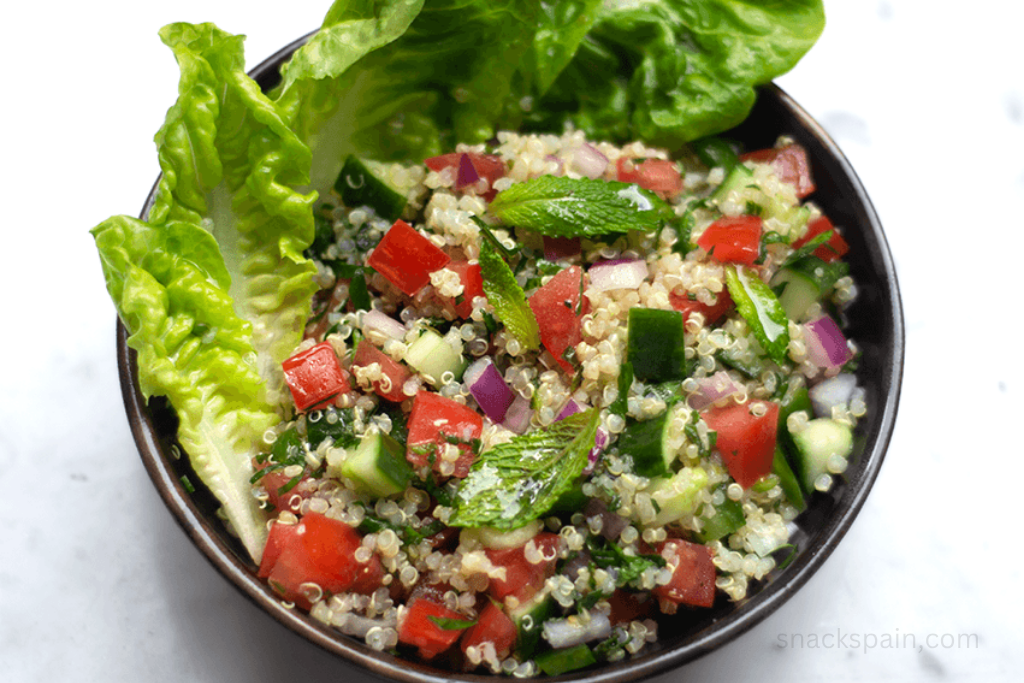
Adapting Your Salad for Seasonal Delights
One of the most exciting aspects of the Mediterranean quinoa salad is its inherent flexibility, allowing for delightful adaptations based on the changing seasons. Embracing seasonal produce not only ensures the freshest and most flavorful ingredients but also supports local farmers and reduces your carbon footprint. In the vibrant spring months, consider adding tender asparagus spears, snap peas, or fresh radishes for a crisp texture and delicate flavor. Summer, with its bounty, opens up opportunities for sweet corn kernels, juicy peaches (surprisingly delicious in savory salads!), and an even wider array of heirloom tomatoes and bell peppers. As autumn approaches, roasted butternut squash, sweet potatoes, or even crisp apples can introduce warmth and a comforting sweetness, while toasted pecans or walnuts add a satisfying crunch. Winter, though often perceived as a time for heavier meals, can still yield fantastic additions like roasted Brussels sprouts, hearty kale, or segments of citrus fruits like oranges or grapefruits, which offer a bright counterpoint to richer ingredients. Beyond vegetables, consider how seasonal herbs can influence your salad’s profile; fresh dill in spring, basil in summer, or rosemary in autumn can each dramatically alter the aromatic experience. This seasonal approach encourages culinary creativity and ensures that your Mediterranean quinoa salad remains exciting and relevant throughout the year, preventing culinary boredom and making every meal a celebration of nature’s offerings. It transforms cooking from a routine into an ongoing exploration of flavors and textures, inspired by the very rhythms of the earth.
As Wendell Berry thoughtfully observed, “The earth is what we all have in common.”

